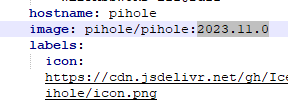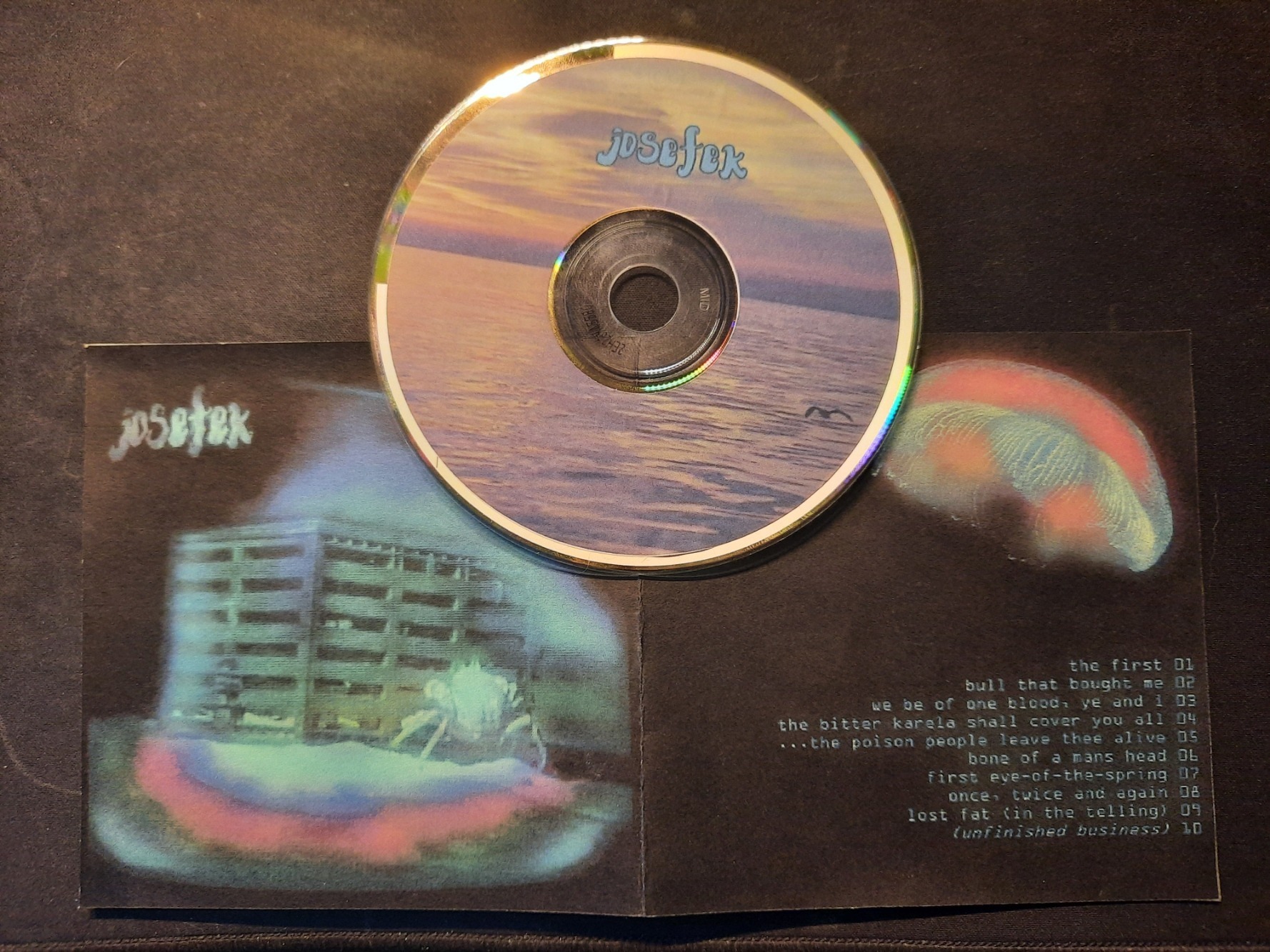Watching the MatPat leaving YouTube video is an interesting thing. The constant repositioning from “I’m going to miss how personal this is and my connection with all of you” to “we’ve achieved penetration in four verticals on YouTube” creates a dissonance that I can’t unsee.
The internet, in its infancy, was supposed to set us free. It was supposed to put information at our fingertips, make life easier, make us more efficient, more capable, happier. People started websites, created and joined listservs, got involved in usenet, and eventually posted to YouTube and streamed on various platforms because they had an interest, a passion, and they wanted to share. Personally, I created my own sites on various topics and inherited and hosted a listserv dedicated to an obscure band for many years just because I wanted to engage with other people who shared my interests, and I wanted to contribute something.
But once capitalism got over its initial trepidation of the internet and began to get its arms around it, everything changed. We moved rapidly into the web being one giant shopping mall. From there it evolved into us, the users, being the product, our data collected in a million ways. And I thought that was bad – the digital us being bought and sold and harvested – but the worst was yet to come, because its next evolution was to convince us to cut out the middlemen and become our own pimps. And so we do – hustling ourselves. Hustling for money. Hustling for clout. Hustling for virtue. Hustling for imaginary internet points.
We were no longer posting because we wanted to share or contribute – We were posting strictly for some kind of digital or material gain. Now platforms are filled with fakers. Skaters who fake skating. Singers who fake singing. Mechanics who don’t really repair. Craftsmen who can’t really build anything. Rugged outdoorsfolks who lie about the comfortable home they go to once the cameras are off. Musclebound fitness gurus slap full of tren and lying about it, hawking pills and powders filled with sawdust and broken dreams.
We’re all doing it on some scale. Social media is awash with people constantly signaling goodness and virtue they don’t exhibit with their actions in meatspace. We’ve replaced judging people for their actions with judging them for their proclamations. When someone posts a profound position, no one asks them what they’re actually doing in real life to support that position – they just celebrate the words and reply “Oh, me too! I’m a good person too!” In the meantime everything in Actual Reality gets worse, and no one seems to understand why. They’re all saying the right things, after all. They’re posting the black squares. They’re encircling their profile pictures with the correct slogans. They’re shit-talking all the right people. Perhaps if we all just post a little bit harder…
And The Hustle has now bled into reality. What are YOU doing that can be monetized? Why are you wasting your time doing things you like for free? Have you considered dropshipping, or trying to create viral videos? Don’t write a whole song – you only need about 40 seconds for a TikTok. Why would you spend any time painting a picture you can’t sell, or playing a video game you’re not streaming and providing color commentary over? You know if you don’t hustle you’re going to get left behind right? I can’t believe you haven’t started a SubStack yet. What are you waiting for?
I’m reminded of the time before the last housing crash, when capitalism was all-in on convincing us that the path to happiness was accumulation. Sad? You don’t have enough stuff! You need a McMansion, a couple of gigantic SUVs, a television the size of a mini-theater in every room! Not only will gross accumulation make you happy, it’ll signal to everyone else just how successful you are! Except we know now, in hindsight, after millions of people had to walk away from mortgages and car notes and into bankruptcy, just how big a lie that was. No matter – the folks who pushed it profited, and that’s what mattered.
Those of us who were early adopters of and involved in the development of the internet thought it would help free the world, and though it sounds naive now you can’t blame us for thinking so. For awhile there it was a wild, untamed, magical place. Those days are long gone and now, rather than free us, the internet has introduced new, even heavier chains.
I’m not in MatPat’s head, so I wonder what it’s like. He’s an internet success story. His net worth is currently estimated at $30 million, and he’s not even 40 years old. So why leave YouTube? And why cry about it? Per the parameters of the rest of the folks hustling online, MatPat is a indisputable Winner. He achieved all they desperately strive for and more. But I’m reminded of musicians of old who would make it big and subsequently become miserable. The music made them rich. It made them famous. But they didn’t become musicians to be rich and famous – they became musicians because they had something they wanted to share. Once that passion became a job it was no longer about sharing. It was about numbers, bottom lines, “verticals.” The joy of making music replaced with the drudgery of making product. And this is what the internet is now doing to our lives, all of us. We all spend all of our online time marketing ourselves in one way or another. Empty, shallow, ultimately meaningless marketing. But humans aren’t mere products, and forcing ourselves to be so makes us miserable, even when it’s working.
I don’t have an answer. I wish I did. My joke about this, as about so many things, is that I really, really need to get to work on that time machine.










